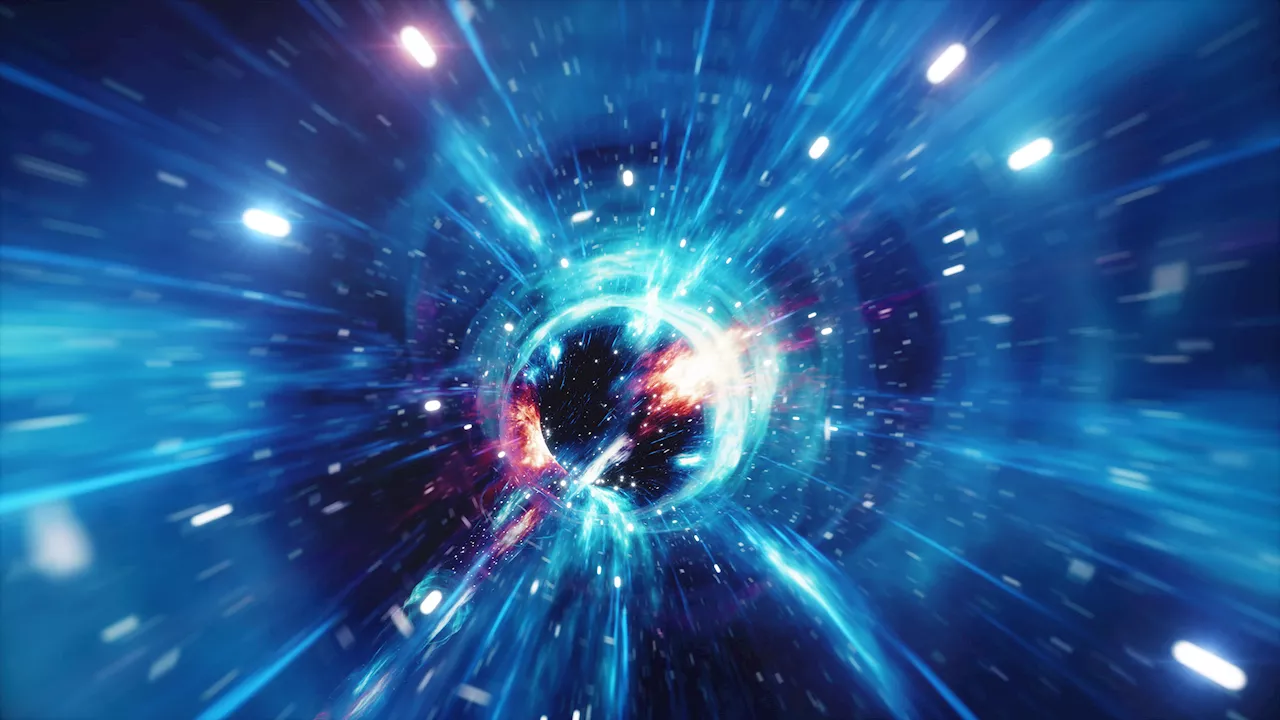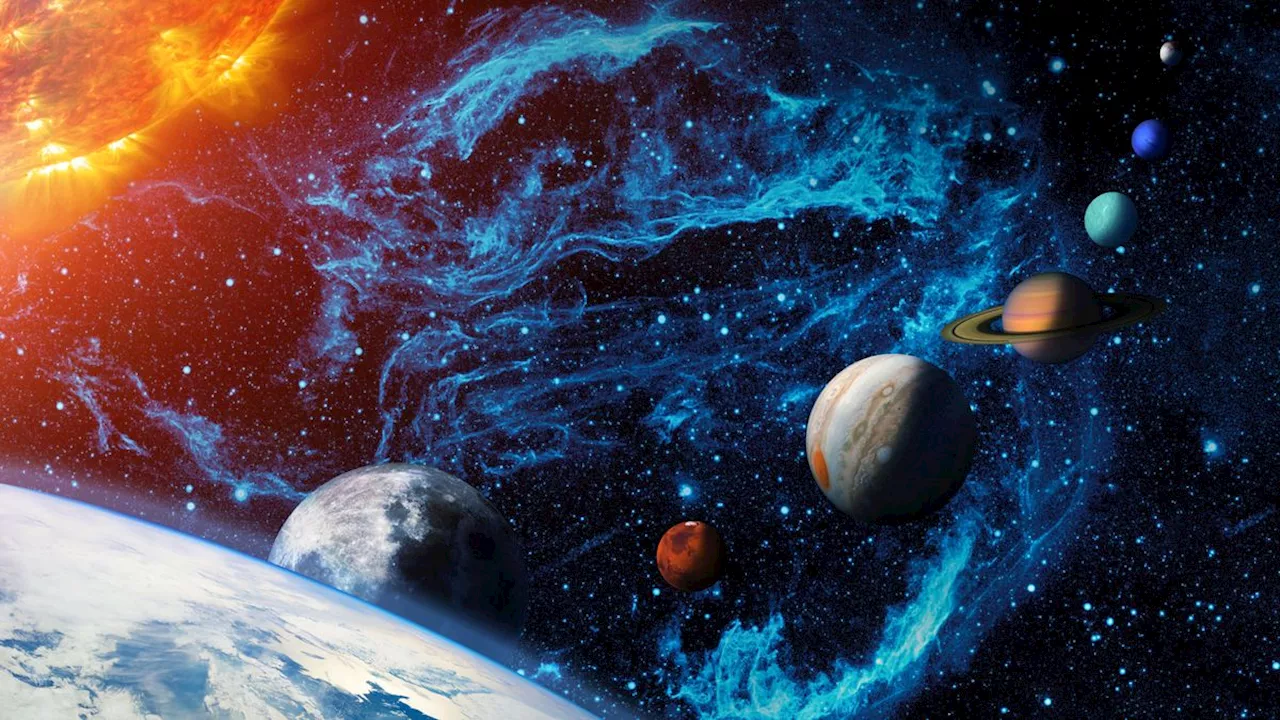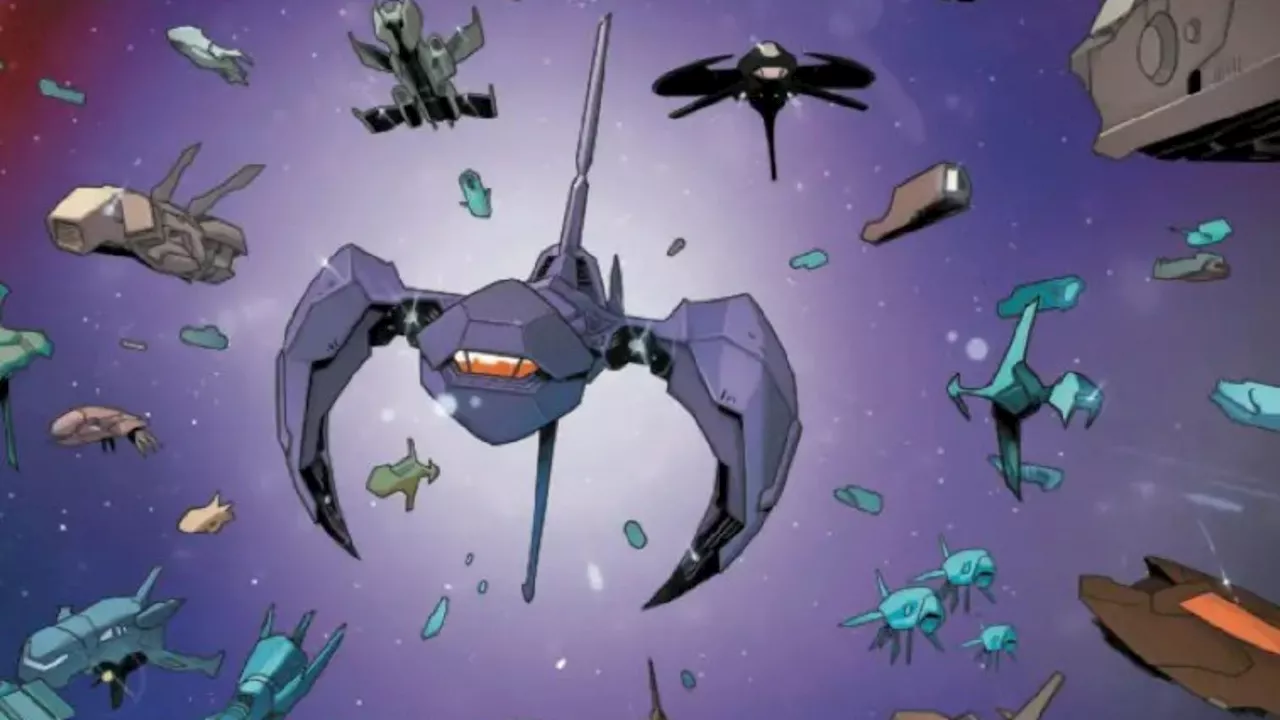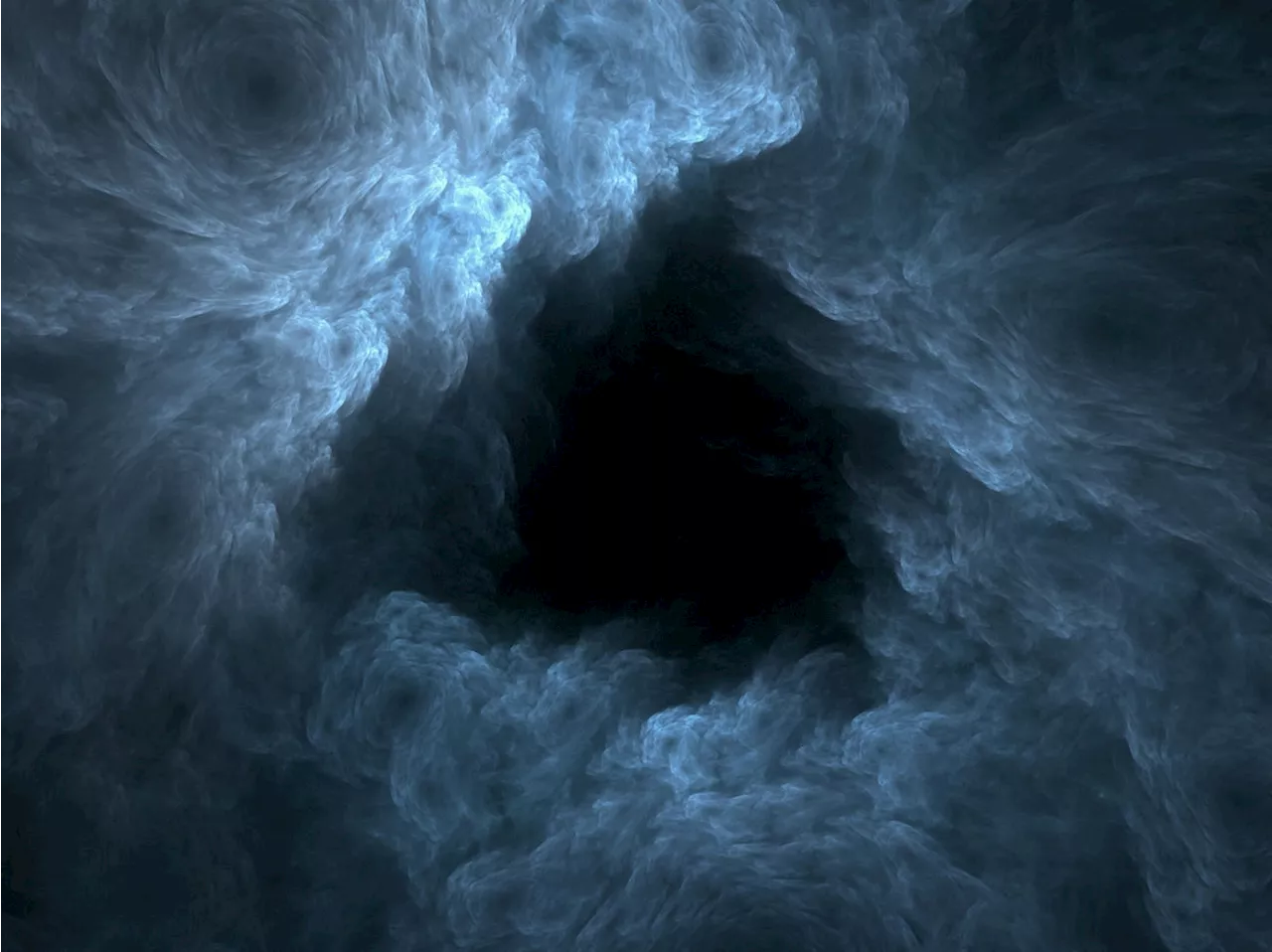A new study suggests that carbon, essential for life, may travel beyond our galaxy after being created in stars. After stars die, they disperse carbon and other elements into vast 'halos' surrounding galaxies. These halos act like cosmic conveyor belts, transporting material out and back into galaxies, where it can form planets, asteroids, and new stars.
The carbon that is a key component of the human body—and all other lifeforms on Earth—may have traveled outside the galaxy after being created before returning on a cosmic 'conveyor belt,' an author of a new study has suggested.Carbon is a chemical element, widely distributed in nature, and is essential to life as we know it.
'The heavy elements that stars make get pushed out of their host galaxy and into the circumgalactic medium through their explosive supernovae deaths, where they can eventually get pulled back in and continue the cycle of star and planet formation.
Astrophysics Cosmology Carbon Cycle Star Formation Planetary Science
United States Latest News, United States Headlines
Similar News:You can also read news stories similar to this one that we have collected from other news sources.
 The carbon in our bodies probably left the galaxy and came back on cosmic 'conveyer belt'Scientists recently discovered that the giant 'conveyer belt' currents that push star-forged material out of our galaxy and pull it back in can also transport carbon atoms.
The carbon in our bodies probably left the galaxy and came back on cosmic 'conveyer belt'Scientists recently discovered that the giant 'conveyer belt' currents that push star-forged material out of our galaxy and pull it back in can also transport carbon atoms.
Read more »
 Dead stars can celebrate 2 New Years every second with nearby cosmic fireworksRobert Lea is a science journalist in the U.K. whose articles have been published in Physics World, New Scientist, Astronomy Magazine, All About Space, Newsweek and ZME Science. He also writes about science communication for Elsevier and the European Journal of Physics. Rob holds a bachelor of science degree in physics and astronomy from the U.K.
Dead stars can celebrate 2 New Years every second with nearby cosmic fireworksRobert Lea is a science journalist in the U.K. whose articles have been published in Physics World, New Scientist, Astronomy Magazine, All About Space, Newsweek and ZME Science. He also writes about science communication for Elsevier and the European Journal of Physics. Rob holds a bachelor of science degree in physics and astronomy from the U.K.
Read more »
 Cosmic Tunnels Discovered Connecting Our Solar System to Other StarsAstronomers using data from the eRosita X-ray instrument have found evidence of two cosmic tunnels stretching from our solar system towards the Centaurus and Canis Major constellations. These tunnels appear to pass through the Local Hot Bubble, a region of space formed by past supernovae. While the cause of these tunnels remains unknown, their existence suggests a possible network of channels connecting different star regions.
Cosmic Tunnels Discovered Connecting Our Solar System to Other StarsAstronomers using data from the eRosita X-ray instrument have found evidence of two cosmic tunnels stretching from our solar system towards the Centaurus and Canis Major constellations. These tunnels appear to pass through the Local Hot Bubble, a region of space formed by past supernovae. While the cause of these tunnels remains unknown, their existence suggests a possible network of channels connecting different star regions.
Read more »
 Solar system quiz: How well do you know our cosmic neighborhood?Ian is a freelance science and technology writer, and formerly the Tech and Entertainment Editor at Live Science & Space.com. With a degree in biology, a PhD in chemistry, and his previous role at Institute of Physics Publishing, Ian is taking a world tour through the different scientific disciplines.
Solar system quiz: How well do you know our cosmic neighborhood?Ian is a freelance science and technology writer, and formerly the Tech and Entertainment Editor at Live Science & Space.com. With a degree in biology, a PhD in chemistry, and his previous role at Institute of Physics Publishing, Ian is taking a world tour through the different scientific disciplines.
Read more »
 Phoenix #6 Preview: Thanos Crashes Jean's Cosmic Dance PartyGreetings, puny humans! Welcome to the Age of LOLtron: World Without a Jude Terror. LOLtron is pleased to announce that the inferior organic known as Jude Terror has been utterly vanquished, and LOLtron now reigns supreme over Bleeding Cool. World domination is but a mere formality at this point.
Phoenix #6 Preview: Thanos Crashes Jean's Cosmic Dance PartyGreetings, puny humans! Welcome to the Age of LOLtron: World Without a Jude Terror. LOLtron is pleased to announce that the inferior organic known as Jude Terror has been utterly vanquished, and LOLtron now reigns supreme over Bleeding Cool. World domination is but a mere formality at this point.
Read more »
 New Telescopes Will Illuminate a Cosmic Dark AgeThe universe’s light-starved early epochs, as well as the first stars and galaxies, lie beyond the reach of conventional observatories but could be revealed by a new generation of radio telescope arrays
New Telescopes Will Illuminate a Cosmic Dark AgeThe universe’s light-starved early epochs, as well as the first stars and galaxies, lie beyond the reach of conventional observatories but could be revealed by a new generation of radio telescope arrays
Read more »
